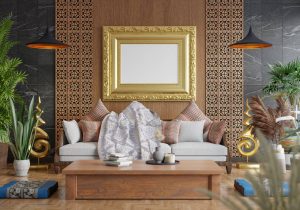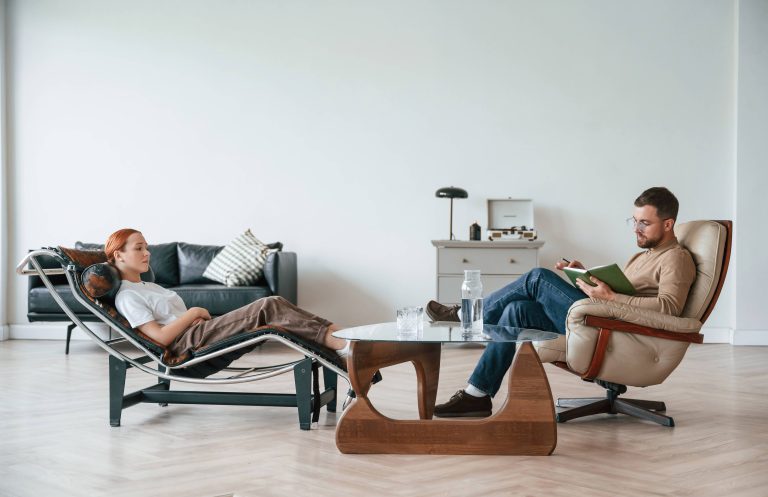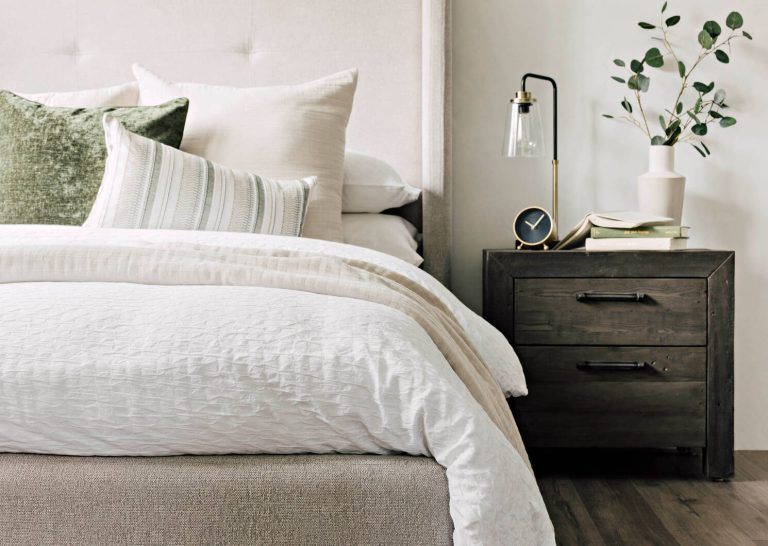
Choosing furniture is an art that involves more than just aesthetics; it’s about harmonizing your living space with the rhythms of your lifestyle. Whether you’re an avid entertainer, a busy professional, or someone who enjoys quiet evenings with a book, your furniture should speak to your unique way of life. In this post, we’ll delve into how you can select furniture that not only enhances your home’s appeal but also supports and reflects your lifestyle seamlessly.
Understanding Your Lifestyle
Before even stepping foot into a furniture store or scrolling through online catalogs, take time to evaluate your lifestyle. Consider these points:
1. Daily Activities: Identify your daily routines and activities. Do you often host gatherings? Do you work from home? Your furniture should accommodate these activities comfortably.
2. Household Demographics: Consider the people in your home. If you have children or pets, durability and ease of cleaning are key factors. Conversely, if you live alone or as a couple, you might prioritize style over durability.
3. Personal Style and Preferences: No matter how “practical” a piece might be, if it doesn’t resonate with your personal style, it may never truly feel like home. Establish whether you lean more towards contemporary, traditional, eclectic, or minimalist designs, ensuring your selections harmonize with your aesthetic preferences.
Key Furniture Considerations
1. Functionality vs Aesthetics: Furniture needs to strike a balance between being functional and visually pleasing. For instance, a sleek glass coffee table might look appealing, but if it doesn’t serve your needs—such as extra storage or robustness—it may not be the best choice. Consider multifunctional furniture, like ottomans with storage or convertible sofas, especially if you live in a smaller space.
2. Comfort: Regardless of style, comfort is paramount. Lounge chairs, sofas, mattresses—these pieces are part of your daily life and should offer comfort and support. While purchasing, take the time to test them out. Do you feel at ease? Is there adequate back support? These are critical questions to ask.
3. Size and Proportion: A giant sectional sofa might seem alluring on the showroom floor, but it needs to fit well within your living space. Measure the rooms before making purchases, ensuring there’s enough space to move around. Remember, furniture that’s too large can overwhelm a space, while pieces that are too small might not serve your needs effectively.
4. Material Composition and Durability: The fabric or finish of furniture influences both its longevity and its ability to mesh with your lifestyle. If you’ve got young kids or pets, you might want to consider stain-resistant fabrics or leather, which is easier to clean than some other materials.
5. Budget: Budget constraints can influence your choices significantly. It’s important to prioritize. Invest more in pieces that will be heavily used, like a good quality sofa or an ergonomic office chair, while perhaps spending less on decorative items like side tables or accent chairs, which can be interchanged more frequently.
Room-by-Room Guidance
Living Room:
The living room is often the heart of a home, a space for relaxation and socializing. If you frequently entertain, opt for modular seating that can be rearranged to accommodate guests. Make sure there’s a good mix of seating options — couches, armchairs, perhaps even a chaise lounge. Coffee tables with storage can be a boon for stowing away games or remote controls, keeping the area tidy.
Bedroom:
When choosing bedroom furniture, comfort, and tranquility should reign supreme. Invest in a good quality mattress for yourself and your family members—nothing is more detrimental to relaxation than an uncomfortable bed. Nightstands with drawers can keep bedside clutter to a minimum, while a bench or storage trunk at the foot of the bed adds functionality without overwhelming the space.
Home Office:
In today’s work-from-home environment, a functional and comfortable home office is crucial. An ergonomic chair and a desk at the right height can prevent back and neck pain. Consider furniture with built-in cable management if you’ve got multiple electronic devices to deal with. And don’t forget about adequate lighting; a desk lamp with adjustable settings can reduce eye strain during long working hours.
Dining Room:
If family meals or hosting dinner parties is part of your lifestyle, consider a sturdy dining table that can extend for additional guests. Chairs should be comfortable for lingering, perhaps padded or with high backs. A sideboard or buffet can store dinnerware and also serve as a staging area for dishes during meals.
Final Thoughts
Ultimately, the furniture you choose is a metaphorical extension of yourself. It should mirror your daily habits, preferences, and the things you value most. While it’s easy to get swayed by the latest trends or the allure of a showroom’s perfectly staged setup, always revert to the touchstone: does this piece align with my lifestyle? In doing so, you’ll craft a living space that’s not just beautiful, but also deeply personal and infinitely functional.
By thoughtfully approaching the task with consideration and mindfulness, the process of choosing furniture becomes less about ownership and more about creating a home that nurtures your lifestyle.













